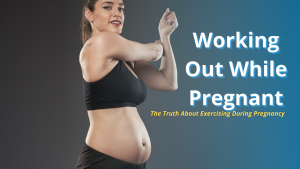If you’re like most people, you probably experience some soreness after working out. While this is normal, it’s not desirable. Nobody wants to feel pain and stiffness in their muscles for days after a workout! This blog post will discuss the best techniques and tips for avoiding soreness after working out. We’ll cover everything from proper stretching to post-workout nutrition. Follow these guidelines, and you’ll be feeling great in no time!
How to avoid soreness after working out:
If you’re like most people, you probably experience some soreness after working out. While this is normal, it’s not desirable. Nobody wants to feel pain and stiffness in their muscles for days after a workout! This blog post will discuss the best techniques and tips for avoiding soreness after working out. We’ll cover everything from proper stretching to post-workout nutrition. Follow these guidelines, and you’ll be feeling great in no time!
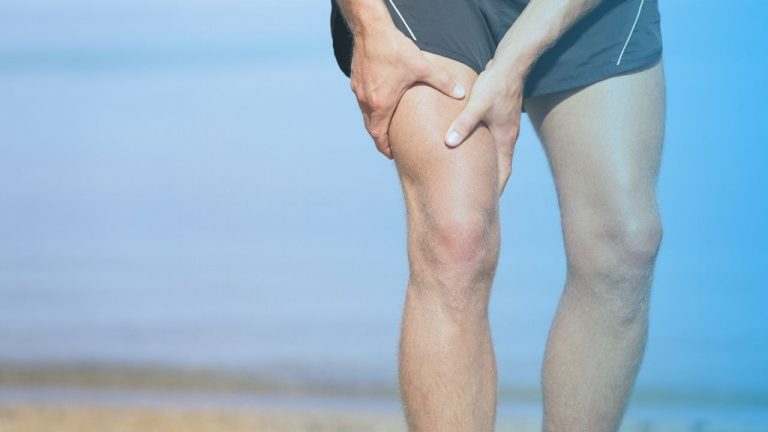
Technique #01: How to avoid soreness after working out
It is essential to understand that there are two types of soreness: immediate and delayed-onset. Immediate soreness is the pain and stiffness you feel immediately after working out. It is normal and nothing to worry about. Delayed-onset soreness (DOMS) is the pain and stiffness you think of 24-48 hours after working out. DOMS is the type of soreness we want to avoid.
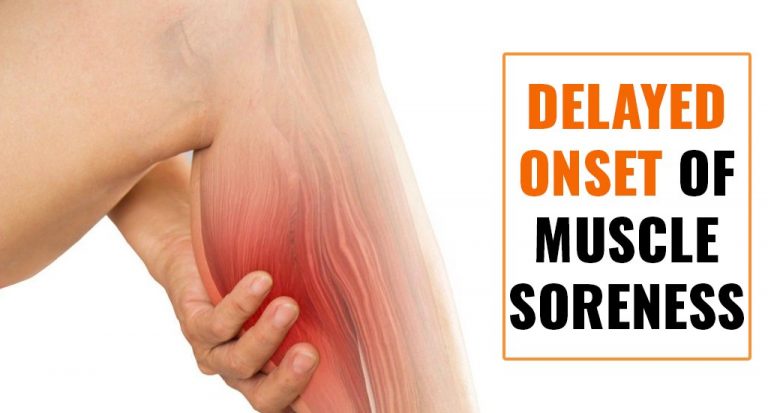
There are a few things you can do to avoid DOMS:
– Use light weights and high repetitions when starting a new workout routine. It will help your muscles adapt gradually and minimize soreness.
– Avoid working for the same muscle group two days in a row. Give your muscles time to recover between workouts.
– Use proper form when exercising. It will help prevent injuries and unnecessary soreness.
– Stretch before and after your workout. Stretching helps increase flexibility and range of motion, which can prevent soreness.
– foam roll or use a lacrosse ball to massage knots out of your muscles. It will help increase blood flow and reduce soreness.
Technique #02: How to stretch
Stretching is an essential part of any workout routine. It helps increase flexibility and range of motion, preventing injuries and soreness. There are a few different types of stretches you can do:
- Static stretches: These are the traditional stretches you probably learned in gym class. They involve holding a position for 20-30 seconds.
- Active stretches: These are dynamic and require movement. They help prepare your body for activity and can be done before or after a workout.
- Ballistic stretches are similar to active stretches, but they involve bouncing or jerking motions. They should avoid them because they can lead to injuries.
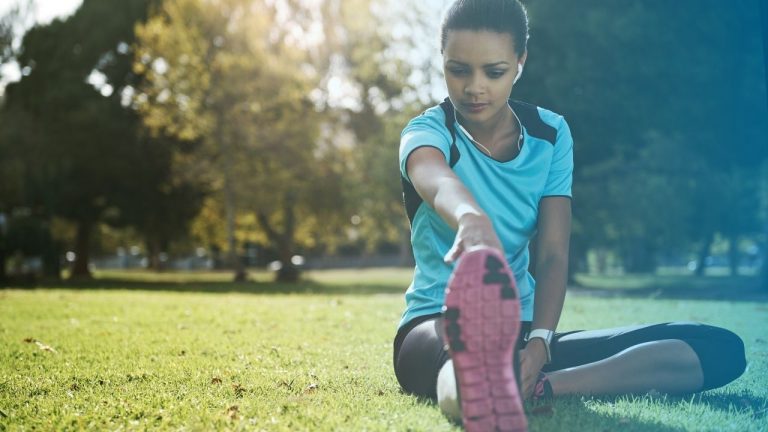
Technique #03: How to eat post-workout
What you eat after a workout is just as important as before a workout. Eating the right foods will help your muscles recover and reduce soreness. Here are a few things to keep in mind:
– Eat a mix of protein and carbohydrates. Protein helps repair muscle tissue, while carbohydrates replenish energy stores.
– Avoid sugary foods and drinks. Sugar can cause inflammation and delay the healing process.
– Drink plenty of water. Dehydration can cause cramping and increased soreness.

Technique #04: How to sleep post-workout
Getting enough sleep is crucial for recovery and avoiding soreness. When you sleep, your body produces hormones that help repair muscle tissue. Aim for at least eight hours of sleep per night. You can also take a nap during the day if you’re feeling exhausted.
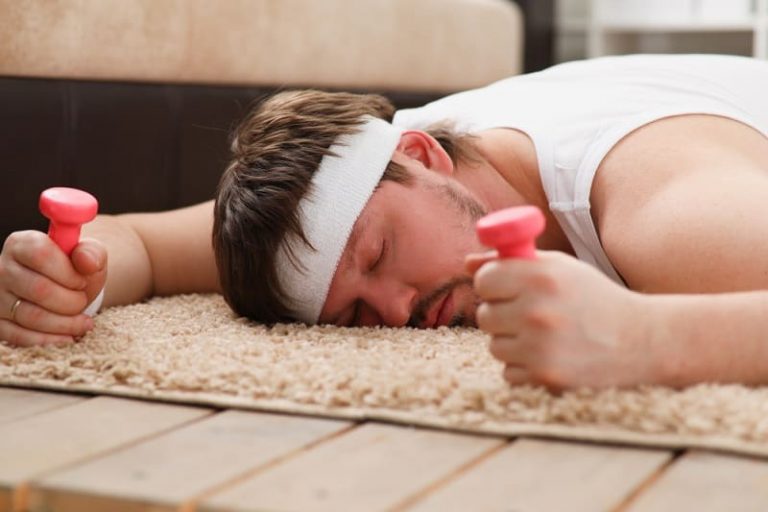
Technique #05: How to drink water post-workout
Drinking water is essential for recovery and avoiding soreness. When you drink water, it helps your body flush out toxins and replenish fluids. Aim for at least eight glasses of water per day. You can also drink sports drinks or eat foods with high water content, such as fruits and vegetables.
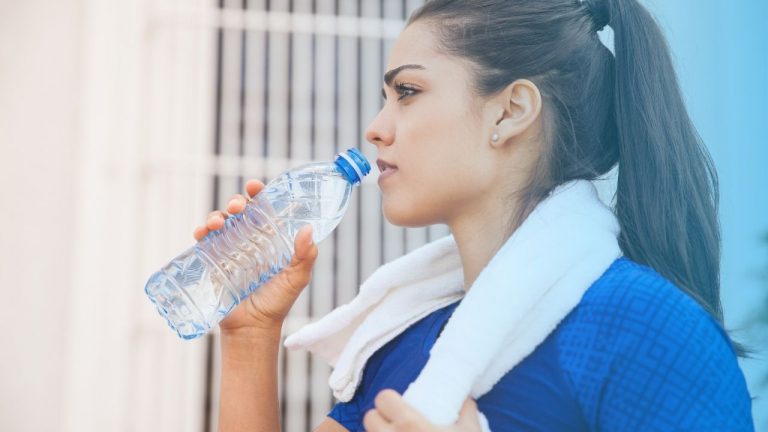
Technique #06: How to take care of your muscles and joints post-workout
There are a few things you can do to take care of your muscles and joints after a workout:
– Apply ice to any sore or injured areas. Ice helps reduce inflammation and pain.
– Take a warm bath or shower. Warmth helps relax muscles and reduce stiffness.
– Use compression garments. It helps reduces swelling and speeds up the recovery process.
– Get a massage. Massages help increase blood flow and reduce soreness.
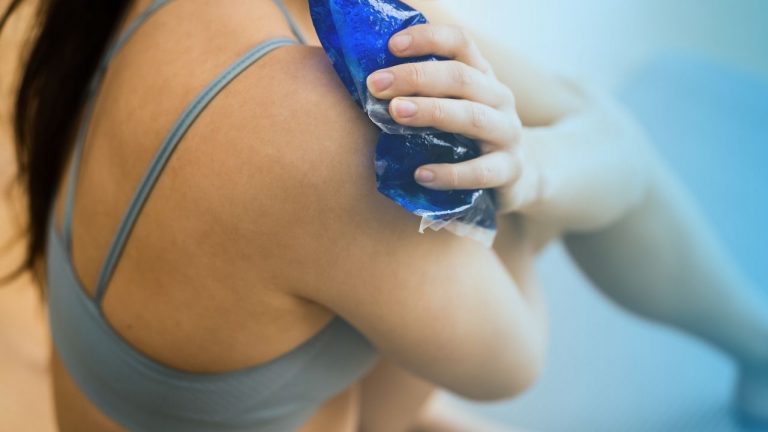
Technique #07: How to use heat post-workout
Heat can also be helpful for recovery after a workout. The heat helps relax muscles and increase blood flow. You can use a heating pad, take a warm bath, or get a massage.

Technique #08: How to use cold therapy post-workout
Cold therapy is another option for recovery. Cold helps reduce inflammation and pain. You can use an ice pack, take a cold shower, or immersion in a tub of ice water.
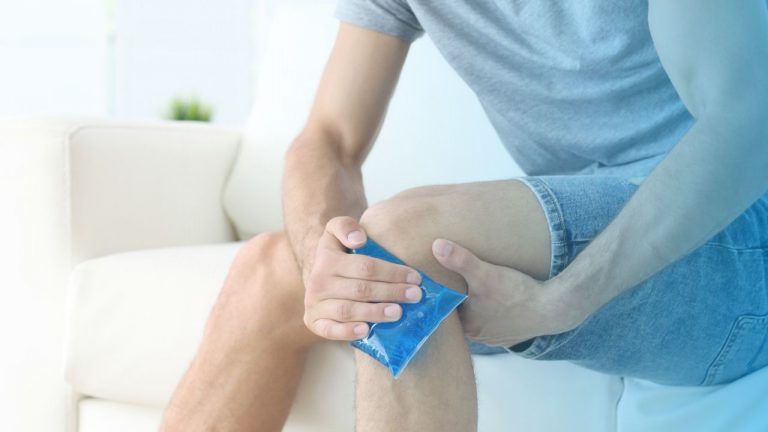
Technique #09: How to warm up and cool down properly
Warming up and cooling down are essential for avoiding injuries and soreness. A proper warm-up will help prepare your body for activity, while a cool-down will help your body recover.
Start with some light cardio and then do some dynamic stretches to warm up. Start with some light cardio, and then do some static stretches for a cool-down.
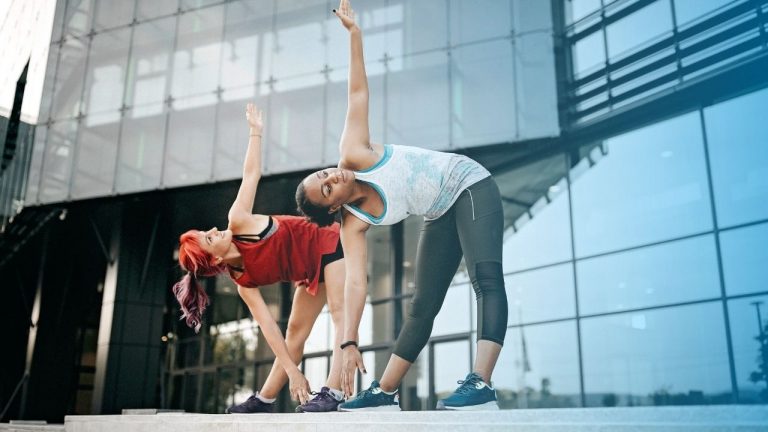
Technique #010: How to use foam rolling
Foam rolling is a type of self-massage that can help reduce soreness. It helps break up knots and adhesions in your muscles, improving blood flow and reducing pain. Foam rolling can be done before or after a workout.
Start by rolling over each muscle group for 30-60 seconds. You can use a foam roller, tennis ball, or lacrosse ball. Avoid moving over any injured or sore areas.
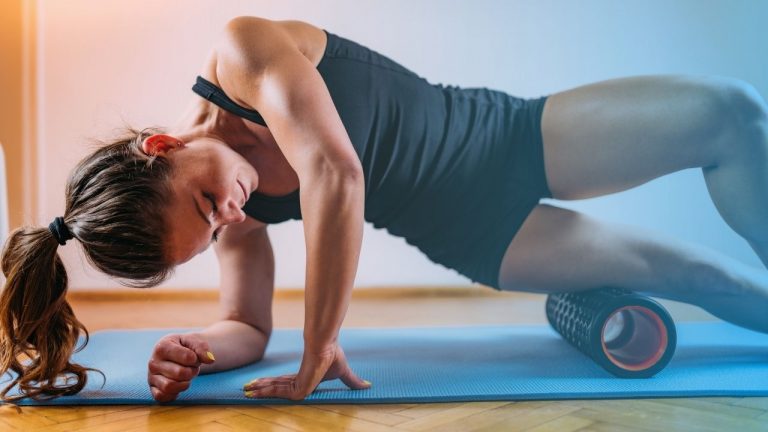
Frequently Asked Questions
Should I work out with sore muscles?
You’ve just completed an intense workout and feel the pain of sore muscles. As tempting as it is to skip your next workout, you may be wondering if exercising with sore muscles is beneficial. While there is no one-size-fits-all answer to this question, there are a few things to consider before hitting the gym. First, it’s essential to listen to your body and give yourself time to rest if you’re feeling exhausted or in pain. However, moderate exercise can help to relieve muscle soreness by increasing circulation and reducing inflammation. So, if you’re feeling up for it, a light workout may be just what you need to speed up the recovery process. Of course, always consult with your doctor before starting any new exercise routine.
How can I prevent muscle soreness?
There are a few things you can do to prevent muscle soreness, such as:
– Warming up and cooling down properly
– Stretching before and after your workout
– Taking breaks during your workout
– Drinking plenty of water
– Eating a healthy diet
– Getting enough sleep
– Avoiding overtraining
Can massage help with muscle soreness?
Yes, massage can help with muscle soreness. Massage helps increase blood flow and reduce inflammation. It can also help to break up knots and adhesions in your muscles. If you’re feeling particularly sore, you may want to book a session with a professional massage therapist.
How long does muscle soreness last?
Muscle soreness is typically at its worst 24-48 hours after a workout. However, it can take up to 72 hours for the paint to completely subside. To speed up the recovery process, you can try some of the techniques listed above.
Conclusion
There you have it! These are just a few ways to avoid muscle soreness after a workout. So, next time you’re feeling pain, try one of these techniques and see how it goes. And remember, always listen to your body and give yourself time to rest if you need it. Happy recovery!



